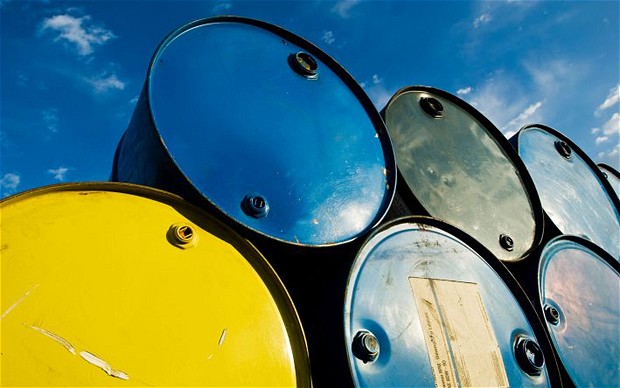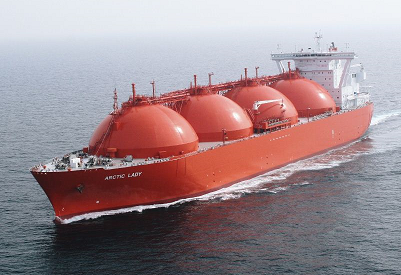RL Blogs

By Clarion Events
Sep 15, 2013Petrochemical industries are built on reliable sources of quality feedstock and preferably close to abundant market demand. |
||||
| Interview with Graham Hill, Senior Vice President, Hydrocarbons at WorleyParsons and speaker at Downstream Asia 2013.
Are you seeing greater refining activity in the Middle East and what impact will this have on Asia’s oil refining sector? What can Asian oil refineries do to stay competitive?
Around seven LNG projects are being built in Australia to feed Asian demand but labour shortages and high costs have either slowed down progress of the projects or dampened possibilities of new LNG projects. What is your view of Australia’s long-term potential as an LNG supplier, and what impact will shale gas development in the US have on Australia’s ambitions?
WorleyParsons has a significant presence in China. What is your outlook for the development of shale gas in China and what are some of the challenges, and environmental concerns, that need to be resolved?
With the emergence of commercially viable feedstock as an alternative fuel, what are the potential challenges for hydrocarbons facilities and engineering?
How can petrochemical facilities and technologies accommodate flexibility?
| ||||
|
|











